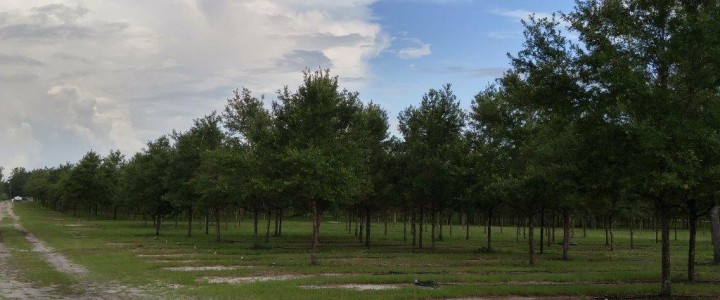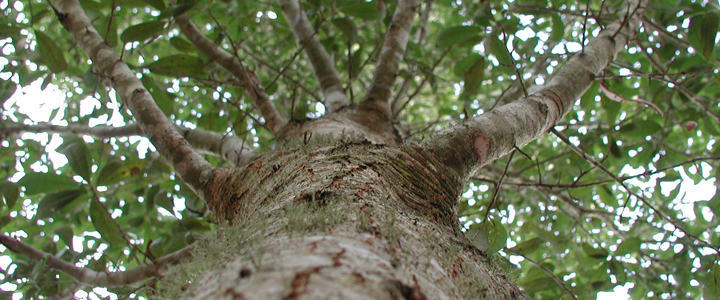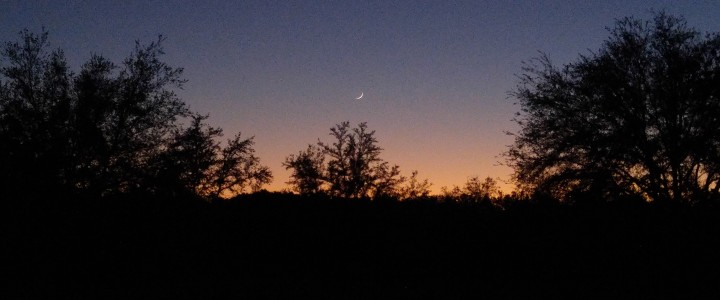Oak trees are an iconic and significant symbol throughout history. They represent strength and timelessness. These trees are some of the most magnificent found here on earth. There are even over three hundred varieties of these majestic forest giants throughout the world. Oaks like all living things need to be taken care of. They need five key helpers to keep them thriving day in and day out.
First is fertilizing. In natural or undisturbed conditions, a mature oak tree does not need to be fertilized; however, in a case where planting, up rooting, or nearby ground disturbance has occurred, it is important to administer some fertilizer to the base of the tree. This will help the oak get more comfortable with its new surroundings quicker.
Fertilizer is also necessary for unhealthy trees that may require extra nutrients to survive. Fertilizing an oak will balance the phosphorus, potassium and nitrogen nutrients in which are needed to grow greener richer foliage. Ensuring your tree with enough nutrients to help with the foliage growth will increase the capacity to capture sunlight and produce food and energy.
Soil cover is the second helper to an oak trees survival. In order to avoid erosion or root damage, it is important to maintain a few inches of soil cover over the roots of the tree. This soil cover should extend about six foot from the tree trunk and should not cover the trunk. You do not want the roots to become girdled and wrap around the trunk.
Irrigation is our third helper. Generally, mature oak trees do not require much irrigation, and supplemental watering can create a ripe environment for disease causing pathogens. However, if the tree has been uprooted or transplanted, or even just a little guy, some extra precautions might be good and will help your live oaks thrive.
Pruning is our fourth helping task. While mature oaks do not require any pruning all trees require the occasional dead branch or twigs cleaned off. It is very important to prune younger less mature oaks so that their branches can grow to be strong and the canopies/ foliage can spread to form a grander, wider range of shade. Pruning of the oak tree should really only be done during the dryer seasonal months of the year such as June and July. In addition, do not over prune.
Last but certainly not least is love. Loving your oak tree is the biggest and best help care tip I can give. Oak trees like most need TLC, tender loving care. They will thrive best when cared for properly.
In conclusion, when thinking of adding or simply trying to revitalize an oak, please consider these five simple helpful tips. Enjoy your oaks, and with over 300 varieties there’s bound to be one out there just for you. Me personally, I love the Southern Live Oak tree, and I know my Live Oak tree loves me back.


